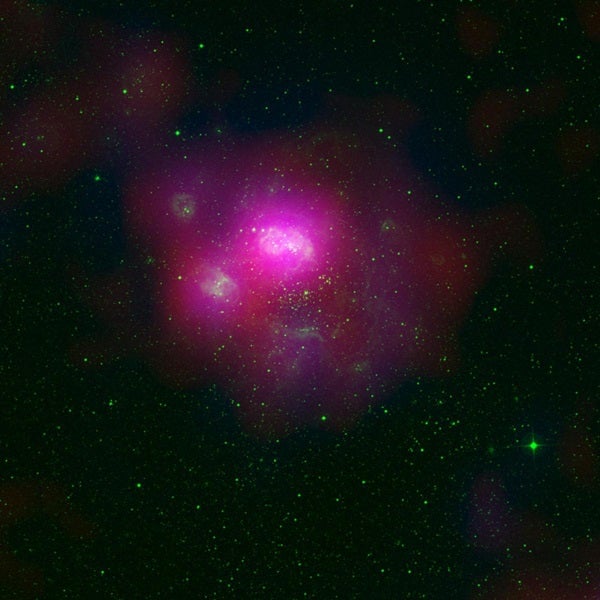• The American Association of Variable Star Observers (AAVSO) [http://aavso.org] is the largest association of variable star observers in the world. Founded in 1911, it has amassed more than 18 million observations in nearly 100 years. AAVSO members make useful contributions to science. Anyone can join.
• The Society for Astronomical Sciences [http://www.socastrosci.org] includes both amateur and professional astronomers. The group’s mission is “to foster interest and participation in astronomical research by backyard astronomers and to encourage publication in recognized journals.” Members obtain data on asteroids and cataclysmic stars, in addition to variable stars.
• The Minor Planet Center (MPC) [http://www.minorplanetcenter.org/iau/mpc.html] is the official International Astronomical Union organization in charge of collecting data on asteroids and comets. Using this data, the group computes the objects’ orbits and publishes it in its Minor Planet Circulars (roughly once a month). The MPS also is in charge of designating names for newly discovered asteroids and comets. It’s been around since 1947.
• The Minor Planet Bulletin [http://www.minorplanetobserver.com/mpb/default.htm] is a journal that ties together amateur and professional astronomers. Each quarterly publication includes more than 100 asteroid light curves.
• The Minor Planet Mailing List (MPML) [http://tech.groups.yahoo.com/group/mpml/] is open to anyone who is interested in minor planets (asteroids) and comets. Both amateur and professional astronomers are members and post regularly.
• According to its website, Goddard Space Flight Center’s SkyView [http://skyview.gsfc.nasa.gov] is a “virtual” observatory. It includes a large database of images taken in astronomical sky surveys. Its images range from radio to gamma-ray wavelengths.
• VizieR [http://vizier.u-strasbg.fr/viz-bin/VizieR] houses data published in astronomical journals. It includes more than 7,300 astronomy catalogs. The Centre de Données de Strasbourg has run VizieR since 1993.










